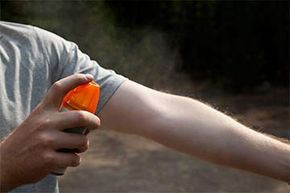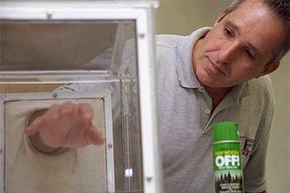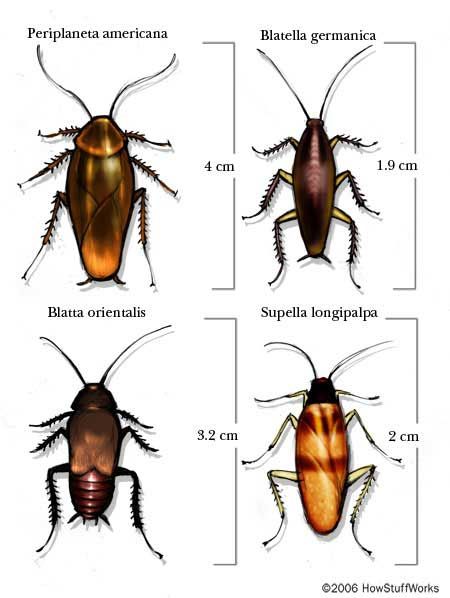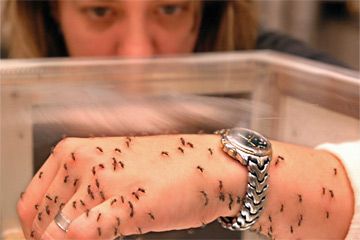Bugs have us outnumbered. By a lot. They swarm through our backyards, scamper through our houses -- even crawl across our skin. According to the Smithsonian Institute, there are more than 200 million insects for every human on the planet, and one soil sample study in Pennsylvania found 425 million insects in a single acre. With numbers like those, we can't hope to eradicate bugs, and with the huge and vital role they play in our ecosystem, we wouldn't want to. But sometimes we want to keep them away from us. Preferably far, far away. That's where bug spray comes in.
Bug sprays generally fall into two broad categories: insecticides and repellents. The U.S. Environmental Protection Agency (EPA) classifies both insecticides and repellents as pesticides, but while insecticides are designed to kill insects on the spot or reduce their numbers over time by disrupting their ability to reproduce, repellents work by making us less attractive to bugs, keeping them away from us.
Advertisement
Most of the bug sprays we use on our bodies act as repellents, while the products we use to keep six-legged pests out of our homes may be either repellents or insecticides. Some bug sprays are effective against just about anything they come into contact with (unfortunately this also includes birds, fish, and small mammals), while others work only on certain insect species. Farmers, resort communities and even military outfits often use insecticide sprays to control bug populations across large areas, but in this article we'll focus on the kinds of bug sprays we use around our homes and on our skin.
Whether you need to rid your kitchen floor of ants or keep mosquitoes from ruining your camping trip, you'll find any number of options on supermarket shelves, but the active ingredients listed on each label are enough to make you wish you paid more attention in chemistry class. So, what are all those ingredients, and what do they do?
Advertisement



